9 Do’s and Don’ts for Using a Hair Mask

Hair masks are amazing things. They can transform the look of even the driest and most brittle strands into a gleaming, glossy mane.
Sadly, many people underestimate the power of a hair mask. They don’t understand how it differs from a regular conditioner, and didn’t notice any significant differences that one time they used one.
If you really want to experience hair mask magic, here are 9 do’s and don’ts you need to be aware of:
DO: Use the Right Hair Mask for Your Hair Type
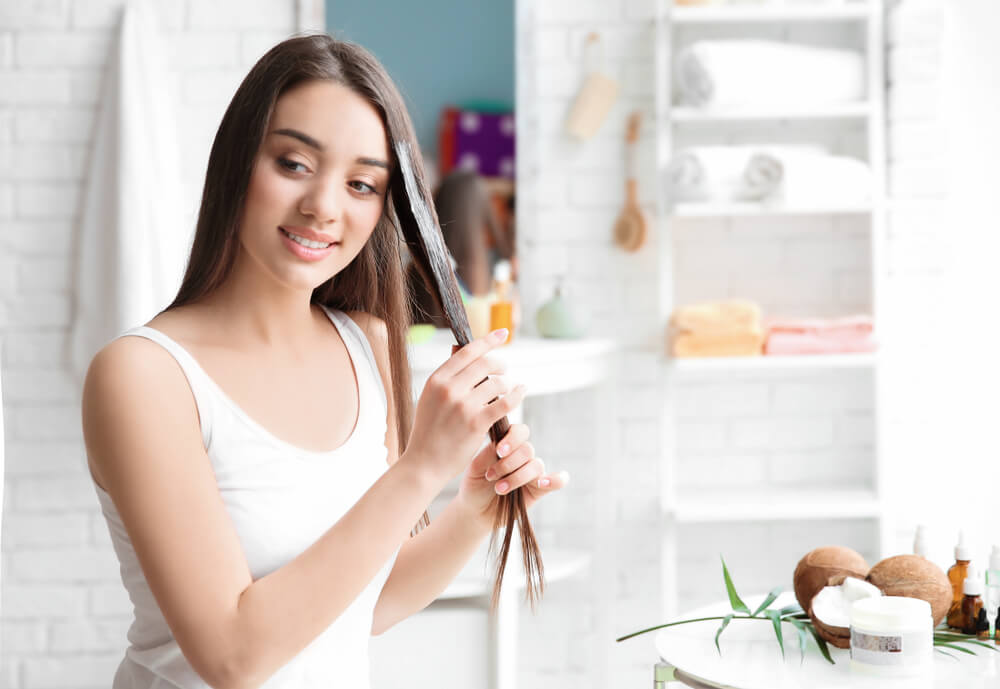
In the same way that different skin care products are created for different skin types, hair care products also target different needs. Pick products that aren’t suitable for your hair type and not only will you barely notice an improvement, but you could also end up with hair and scalp problems.
When it comes to hair masks, consider what you want your mask to accomplish before going mask shopping:
- If you want to hydrate the feel of dry and damaged hair, look for an intensely rich mask
- To combat a greasy-feeling scalp, go for a clay-based mask that will absorb excess oils
- If your aim is to tame curly hair, look for a moisturizing mask packed with plant oils to help calm the look of frizz
- To preserve your dyed hair color, look for a mask with protective and restorative ingredients
As you can see, there’s so much choice out there. This can seem overwhelming at first, but the benefit is that you’ll likely be able to find a mask that’s specifically targeted to what your skin needs.
DON’T: Apply a Hair Mask to Dry Hair
Let’s clear one thing up first – you can apply hair masks to dry hair. They will sometimes work very well, with the key word being sometimes.
On the other hand, apply your mask to wet hair and you’ll notice a much bigger difference. Wet hair not only absorbs ingredients better than dry hair, but it also means that your hair is clean. A lack of dirt and oil will also allow the ingredients in your mask to better penetrate into your hair shafts.
One exception here would be if you know that your hair is clean. In this case, a hair mask will still be able to work in the way that it should.
Of course, if you’re using an oil-based hair mask, then the rules are a little different.
As you know, water and oil repel each other. Applying an oil-based mask to wet hair would mean that the oils in the mask are pushed away from your wet hair, rather than being drawn in. In this case, applying your mask to dry hair would be much more beneficial.
DO: Try Sleeping in a Hair Mask
There’s nothing quite like waking up to luxuriously soft and glossy locks, which is exactly what you end up with after sleeping in a hair mask.
Now, not all masks are made for overnight use. Moisturizing and hydrating masks work well when worn overnight, whereas protein and clay masks could end up damaging your hair if you leave them on for too long.
Wondering how you would sleep in a hair mask without making a huge mess of your pillow?
Once you’ve applied your mask, wrap your hair in a shower cap. If the sound of the cap rustling will keep you awake at night, a silk scarf also works well. Then, unwrap your hair in the morning, rinse the mask out, and enjoy that magnificent sheen.
DON’T: Overdo it
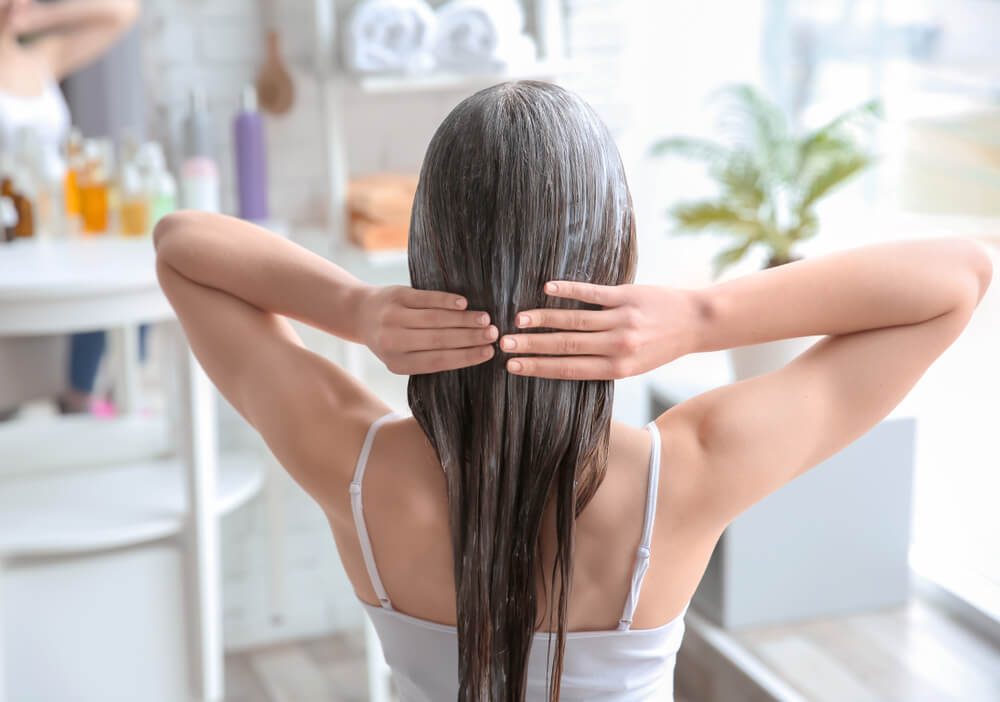
We get it – hair masks can make your hair feel amazing. So much so that you’re tempted to use your mask each time you wash your hair. It’s not long before you’re using it even more than that, loving the shine it brings to your hair.
However, this is all usually followed by a greasy scalp, limp hair, and other problems.
Why?
Because over-using a hair mask causes all of that product to really weigh down your hair. It also prevents your scalp from properly breathing and increases scalp sebum production, resulting in the grease.
So, how often should you use a hair mask?
Well, most hair masks are designed to be used once a week. However, just as with everything else in the beauty world, one size never fits all.
How often you use a hair mask will depend on everything from your hair type to the mask that you’re using. Those with very dry and damaged hair could benefit from using a hydrating hair mask two or three times a week, while those with greasy hair may want to stick to the recommended once a week.
If you’ve got very straight hair, then you should also avoid using a hair mask more than twice a week. However, curly hair would benefit from more frequent usage.
DO: Apply it Correctly
If you just slapped some product on to the ends of your hair, waited for 30 seconds, and then washed it out, chances are that you’re not going to be impressed with your hair mask. However, in this case, it isn’t your mask’s fault.
In order to achieve the very best results, you need to apply your hair masks in a certain way.
Here’s how…
As mentioned, it’s always best to begin with wet hair. Your aim should be to distribute your hair mask as evenly as possible throughout your hair. However, there should also be a focus on the most damaged parts of your hair, which will usually be the ends.
In order to spread the mask evenly through your hair, use your fingers to comb the mask through. For even better results, use a wide-toothed comb.
Wondering if you should be applying your hair mask to your scalp?
This depends…
If your hair and scalp are dry and you’re using a moisturizing mask, then by all means dab some on to your scalp too.
However, if you’ve got a greasy scalp to deal with, then keep your mask away, unless you’re using a formula that has been specifically designed to absorb excess oil. If you end up using a heavy mask on your scalp, you’ll end up blocking pores, which only works to increase oil production. This will then leave your hair and scalp feeling greasier than ever.
Once your mask has been spread through your hair, gently massage it in before leaving it on for at least five minutes. The longer you leave it in, the more time you’ll be giving the ingredients to penetrate into your hair.
However, again, if you choose to exceed the recommended time printed on the label, make sure that the mask you’re using doesn’t contain any ingredients that could be damaging to your hair or scalp.
Once you’re done, rinse the mask out.
You should always shampoo before masking but then condition your hair after applying a hair mask. The shampoo will open up your hair cuticles, allowing your strands to receive more goodness from the mask. Then, your conditioner, as well as the rinse that comes after it, will ensure that you remove any product residue that could weigh your hair down.
DON’T: Be Tempted to Use a Low-Quality Hair Mask
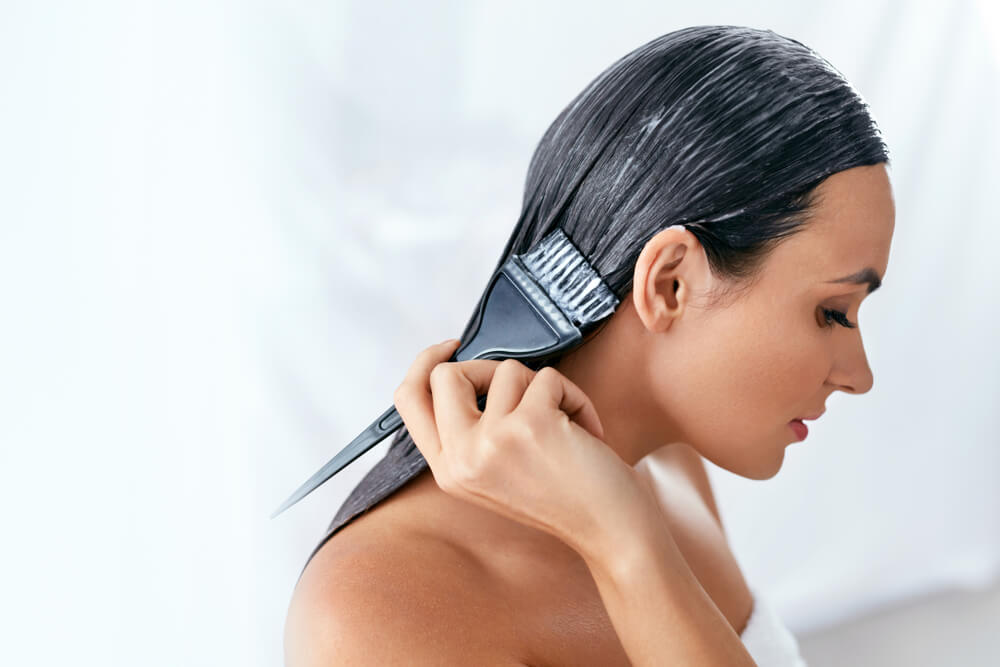
Just like with every other product in the world, all hair masks aren’t made equally. Some will be far superior to others.
Now, you might be thinking…
That’s all very well, but I can’t afford to use a super-expensive hair mask, especially if I want to be using it a few times a week!
Fortunately, good hair masks don’t always cost the world. This is especially true if you go for a mask in a jar or tub, rather than a single-use mask. Our hair masks are highly rated!
If you really can’t stretch your budget to include a hair mask, then you could always go for a DIY version. However, these take a huge amount of research – make sure that every ingredient you use has been scientifically proven to be beneficial for your hair or scalp. After all, if you use the wrong ingredients, you could end up causing some serious damage to your hair.
DO: Alternate the Masks You Use
It won’t take long until you have a favorite hair mask, but this doesn’t mean that you should immediately neglect all others.
As mentioned, hair masks are designed to do so many different things. Chances are, your hair could do with a boost in a few different areas, so don’t be afraid to use a few different hair masks.
You could either use these hair masks alternatively each masking session, or give hair multi-masking a try. This is similar to multi-masking with skin care products, in that you use multiple hair masks on your hair at the same time.
How does that work?
You only really need two masks. The first should be one designed to target the end and middle sections of your hair. This means looking for ingredients that leave the hair feeling restored, such as those in the Evalectric Hair Mask.
The second hair mask you use should be applied to the scalp. A moisturizing mask is great for those who have a dry scalp.
DON’T: Use Too Much Product
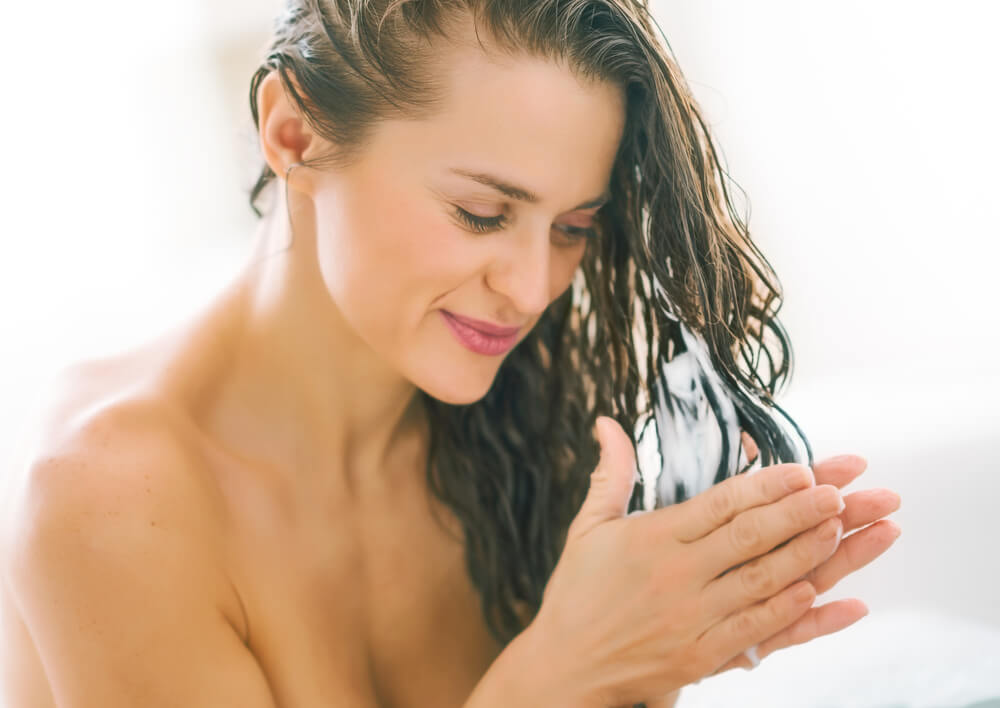
Every hair mask will come with directions that include how much of the product to apply with each use.
You may be tempted to add a little extra to that dollop in your hand, and, when you increase this by small amounts, it usually isn’t a problem. However, go over the top and triple product usage and you could end up with a greasy scalp and weighed down strands.
To be safe, always follow directions when it comes to how much of a hair mask to use. Don’t forget to also take your hair length into account – those with short hair will need much less product than those with long hair.
DO: Add Heat
Have you ever tried adding in heat when using a hair mask?
This can truly be game-changing. Heat speeds up the rate at which chemical reactions take place, and also enhances the way in which products bond to your hair. You’ll also find that certain ingredients feel softer and more easily absorbed when warm.
Wondering how you would go about adding heat to your hair mask session?
There are a few things that you could try:
- A warm towel – after applying your hair mask, place a shower cap over your hair, and then wrap this in a warm towel.
- Blow drying your mask – try blow-drying your mask after applying it to give it some direct heat. However, make sure that you distribute the heat evenly around your head, and never allow the mask to get too hot.
- Heating the mask – this method only really works with oil-based masks. However, don’t be tempted to use a microwave – it will need to be a hot water bath, as gentle heat is important.
- A heated cap – imagine a shower cap that’s heated – that’s exactly what a heated cap is. You simply place one into the microwave to warm it up before use – you can then apply this directly over your hair and hair mask.
Granted, adding in heat takes more effort and time, but it’s perfect for those who really want to indulge in a spa-like treatment.
Hair masks may seem like a simple and basic product at first, but there’s so much more to them than that. It hold so much potential when it comes to deeply transforming the look and feel of your hair, making it worth learning a little more about how to get the most from the hair masks that you use.





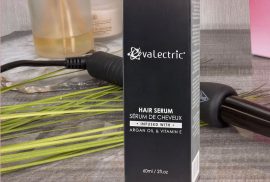

zidane
February 15, 2023 at 8:59 pmthank you for the information
JANE DOBOS
April 28, 2025 at 1:41 amHow often should I use a mask on my hair
Nazmun Nesa
June 19, 2023 at 6:54 amthis information helped me a lot. thank you so much 😊
violet
October 28, 2023 at 7:14 pmsooo helpful thanks! not too sure what product/brand of mask i wanna buy, so i think i’m gonna ask my hairdresser next time I see him as I don’t feel confident self-diagnosing lol. question: do you have any advice on scalp treatments? specifically if I should use it before or after hair mask (mask just in mids – ends), how long I should leave it in, if I need a tool to massage it in, etc. 🙂
Sarah
March 12, 2024 at 10:12 pmVery well explained
Vickie Drake
August 30, 2024 at 11:47 amI love this information and am more encouraged to use a hair mask now.
Bethony Groven
January 26, 2025 at 1:00 amLife or hair saver!!! Thank you so much